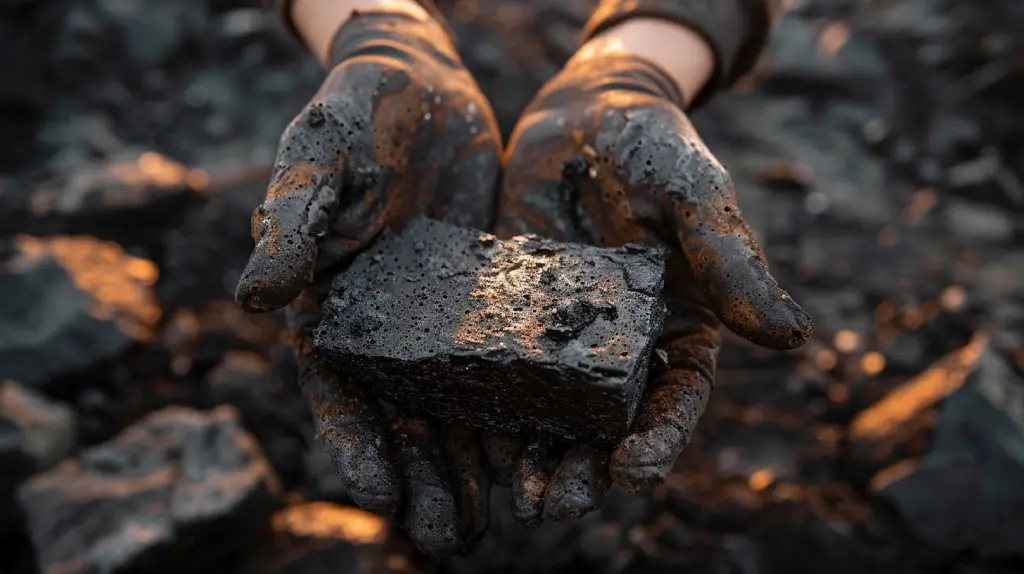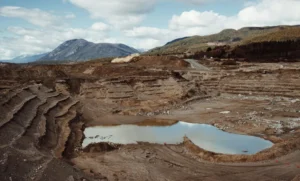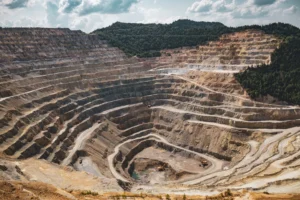Consider a world where vital resources become impossible to restore. This is the reality of nonrenewable resources, and coal is a perfect example. As we rely heavily on natural resources, knowing the differences between renewable and nonrenewable materials is crucial.
In this article, we will analyze why coal is considered nonrenewable, while other resources such as soil, fish, and wood can be restored.
What Are Nonrenewable Resources?
Nonrenewable resources are materials that cannot be replaced quickly once they are drained. Coal falls into this category due to the millions of years it takes to form from plant material.
- Coal, like other fossil fuels, is formed under specific geological conditions.
- Once extracted and used, it cannot regenerate on a human span.
- This makes coal limited compared to renewable resources such as soil or wood.
Coal - A Nonrenewable Resource
Coal, a type of fossil fuel, forms from dead plants and animals compressed over millions of years. The lengthy process and limited supply make it nonrenewable.
- Formation Process: Coal is formed through the compression of organic material under high pressure and heat. This process takes millions of years, different from renewable resources such as wood that can regenerate in tens of years.
- Consumption Rates: The rate at which we burn coal surpasses its formation, draining reserves faster than they can naturally restore.
Example: Consider coal as a one-time gift from nature, once used, there’s no immediate replacement.
Why Are Soil, Fish, and Wood Renewable?
While coal is nonrenewable, soil, fish, and wood can regenerate or be replaced within a relatively short period, making them renewable.
- Soil: While soil can be degraded, it can regenerate through natural processes if managed sustainably.
- Fish: Fish populations can refill themselves through reproduction, provided they are not overfished.
- Wood: Trees grow back after harvesting, making wood a renewable resource.
These resources, while renewable, still require careful management to prevent loss.
The Impact of Using Nonrenewable Resources
The heavy dependence on coal for energy has long-term consequences.
- Environmental Impact: Burning coal releases large amounts of carbon dioxide, contributing to climate change.
- Economic Considerations: As coal supplies decrease, the cost of extraction and usage rises, pushing the world toward different energy solutions.
The future of energy lies in managing nonrenewable resources like coal while shifting to sustainable alternatives.
Renewable vs. Nonrenewable Resources
With the growing awareness of resource limits, societies must give preference to renewable energy sources. Coal’s status as a nonrenewable resource shows the urgency of this shift.
- Moving away from coal can reduce environmental harm.
- Renewables such as solar, wind, and hydropower offer more sustainable energy options.
Conclusion
Coal’s nonrenewable nature point out the need to manage our resources wisely. As we face growing environmental challenges, knowing which resources can be restored and which cannot is important.
Sustainable resource use is very important for preserving natural resources and securing a healthy planet for future.




